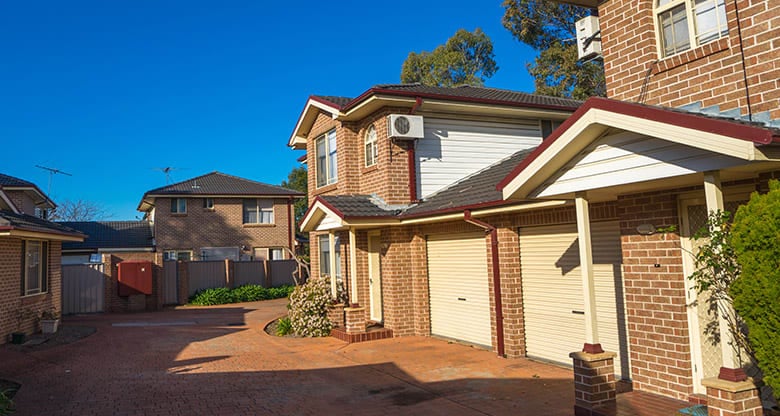How to Build a Property Portfolio
Putting together a real estate portfolio is a long-term endeavor that requires meticulous planning. The private rental sector is now booming, so if you've ever wanted to transform owning a house into a full-fledged business, now might be the best moment to do so.
Learning how to establish a real estate portfolio is the first rule for individuals aiming to accumulate long-term riches by growing one investment property into several.
Asset Allocation
Asset allocation is an important component of establishing a real estate portfolio. This involves setting the best asset allocation model for your objectives as an investor. Although it is a difficult task, real estate investors must choose a portfolio of assets with the best chance of fulfilling their objectives while maintaining the level of risk they choose.
Your overall plan, as well as your risk tolerance, will determine the appropriate asset allocation for you. Are you looking for a higher rate of return? To obtain those results, investors will have to take on riskier investments, while others may choose safer bets, foregoing larger rewards in favor of consistency. To put it another way, the more risk you're ready to accept, the more aggressive your real estate portfolio will be, and vice versa.
Consider Exponential Rather Than Linear Increases To Your Portfolio.
What is the definition of exponential growth? A pattern of data that exhibits higher gains over time is referred to as exponential growth. Imagine you want to invest in coastal markets like California, New York, New Jersey, or Florida. Housing price increases may assist you in realizing high rates of appreciation in those places, but housing busts are also more common in these areas.
Linear markets, on the other hand, experience slower expansion over time. There are no dramatic spikes or drops in these markets, demonstrating calm, consistent growth. Booms and busts rarely happen. Many experts advocate exponential rises since they can significantly boost earnings. Create an investment strategy that is tailored to your specific situation.
Keep it Local
When first learning how to construct a property portfolio, it's best to keep your properties geographically close.
Why? Doing so will offer you a better understanding of how the local property market is performing, allowing you to notice any inconsistencies or discounts far more quickly than if your portfolio runs from Lewes to Leeds.
In addition to gaining local knowledge, staying in one location may allow you to save money by allowing you to negotiate fees and charges if you use the same contractors, agents, brokers, and other professionals for all of your properties.
Understand the Risks Involved
It is critical to conduct research. When you invest in properties with a positive gearing approach, you must be aware of the financial danger of having time between renters, during which you will be financially responsible for the property's repayments.
Similarly, purchasing property with the idea of negatively gearing it necessitates understanding the tax implications of claiming deductions at tax time and what you are eligible to claim.
Final Thoughts
Understanding the value of a real estate portfolio is essential for managing and growing long-term wealth, including your budget, and obtaining funding for future initiatives. How to begin a real estate portfolio ultimately boils down to an investor's overarching end goal since the assets they acquire will determine their path to reaching it.
In Austin, TX, Chris Price Realty offers top-notch and dependable real estate advice and services on any real estate issue. Get in contact with us immediately, and we'll be happy to assist you.

